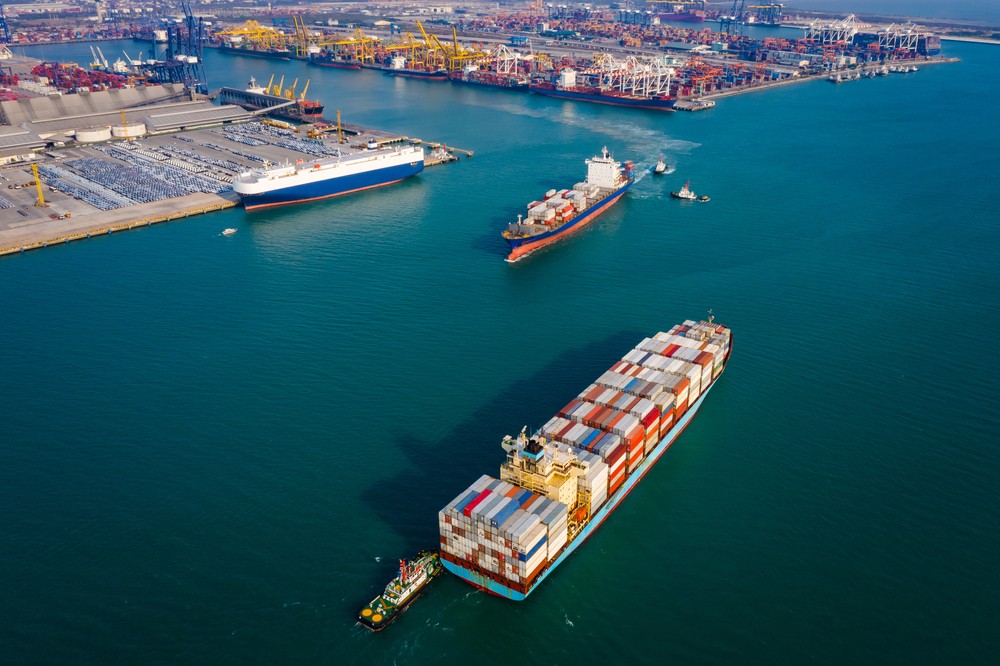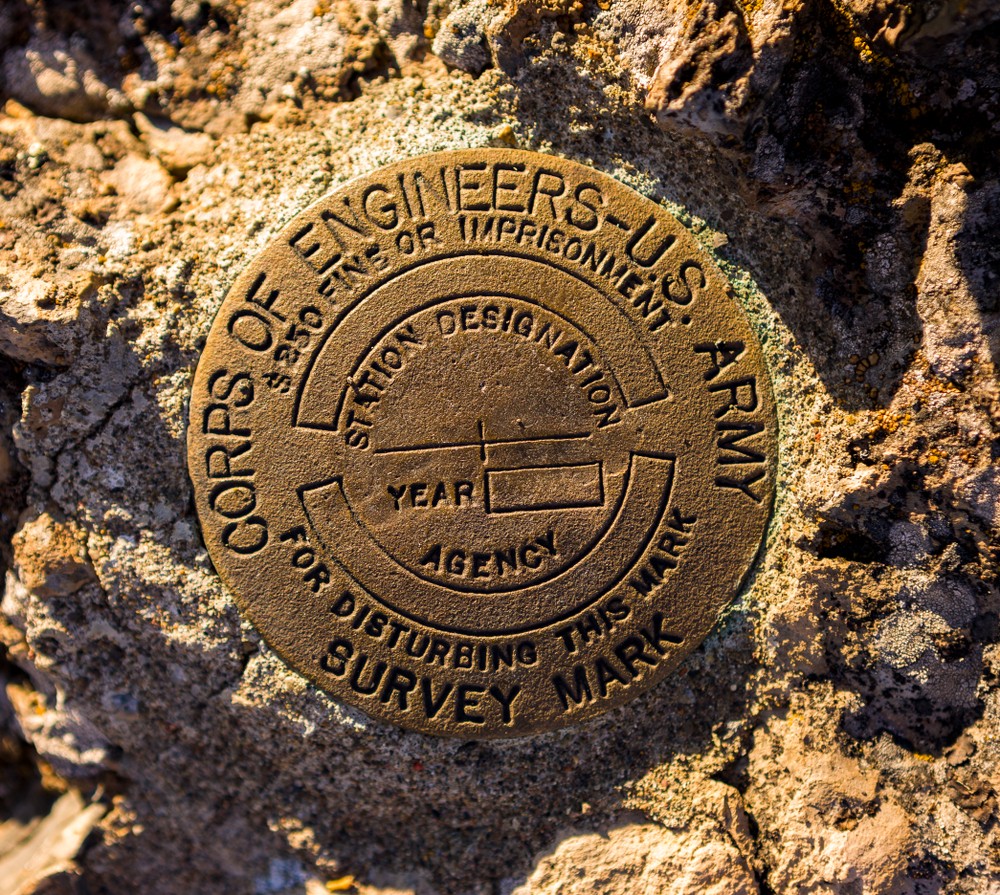Army Corps of Engineers To Address Supply Chain Bottlenecks

United States infrastructure was built on the back of the Army Corps of Engineers. From roads and bridges to dams and ports, this organization is at the forefront of shaping solutions that allow the U.S. economy to function. Now, it’s being called to help resolve some of the pervasive supply chain bottlenecks exacerbated by the COVID-19 pandemic.
The White House recently authorized the release of $14 billion to fund 500 unique infrastructure improvement projects as part of the $1 trillion infrastructure deal signed last year. The goals of these projects include alleviation of supply chain restrictions and improvement of freight mobility for both domestic and imported products.
Port congestion has stifled the economy
In 2021, the U.S. experienced historic disruption of imports and massive shipping bottlenecks due to port congestion. According to metrics shared by Bloomberg, in December 2021, there were around 71,000 empty containers waiting at various terminals and ports. Within the same period, it took a record 10 days for a truck chassis and container to leave a port and return. Drayage operations also experienced the effects of port congestion, which resulted in massive shipping delays. It all culminated in supply chain disruptions that remain a problem for the country months later.

Focus on bottleneck improvement
With the first disbursement of funds from the Infrastructure Investment and Jobs Act, the Army Corps of Engineers will work on expanding capacity at some of the largest ports in the U.S., including the Port of Long Beach in California and Norfolk Harbor in Virginia. A spend of $858 million will support the replacement of locks on the Ohio River, raising its water levels to support the passage of larger cargo ships. An additional $470 million is authorized to create a similar lock in Michigan. The intent is to improve ship throughput and reduce drayage times.
2022 is the year of supply chain restoration
While forward thinking upgrades represent a long-term solution to supply chain bottlenecks, the port improvements outlined in the Infrastructure Investment and Jobs Act won’t be enough to create immediate relief. For that, port operators are already taking evasive action.
In late 2021, workers from the ports of Los Angeles and Long Beach — and the International Longshore and Warehouse Union — committed to boosting throughput by moving to a 24/7 operating schedule. Major retailers across the country, including Walmart and Target, also committed to operating 24/7 to move cargo from Los Angeles and Long Beach ports.
Thanks to these mitigating efforts, the country could see temporary supply chain relief in the first quarter of 2022. And with work by the Army Corps of Engineers slated to begin midyear, lasting relief is on the horizon.

Infrastructure improvements pave the way for supply chains
There is currently an adamant emphasis on renewing U.S. infrastructure — specifically ports, roads, and railways. It’s no coincidence that these are also the fundamental pillars of a healthy supply chain. As the country attempts to reconcile supply chains and alleviate bottlenecks, infrastructure improvements will be invaluable. And behind these improvements, the Army Corps of Engineers will continue to do what it does best: Build the foundations of a better future.